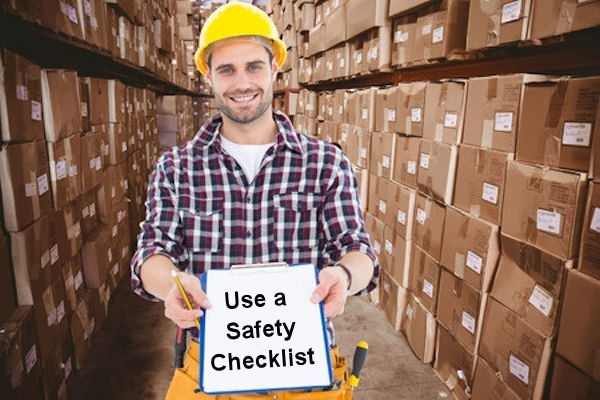Written Inspection Reports
In all but the smallest and least dangerous of workplaces, written inspection reports are necessary to record hazards discovered, responsibility assigned for correction, and tracking of correction to completion.

Formal safety inspections should include a written report with recommendations for corrective action.
A written record will help ensure:
- Assignment of responsibility for hazard correction.
- Tracking of correction to completion.
- Identification of problems in the controls system when the same types of hazards keep appearing even after correction is verified.
- Identification of problems in the accountability system.
- Identification of hazards for which no prevention or control has been planned.
Of course, having such written records will be most helpful if they are read by someone knowledgeable in the safety and health program. This person then can provide top managers with summaries of problems.
Beware of "Tunnel Vision"
If you use experts from within your company, be on guard for "tunnel vision," which can lead to a failure to spot hazards in areas not directly related to your firm's primary function. You want your maintenance shop, for example, to be just as safe as your production line. OSHA frequently finds unguarded saws and grinders, non-code electrical wiring, and other basic safety hazards in areas that are outside the main production process but regularly used by employees.
Knowledge Check Choose the best answer for the question.
3-8. Which section should be part of a written inspection report?
You forgot to answer the question!
